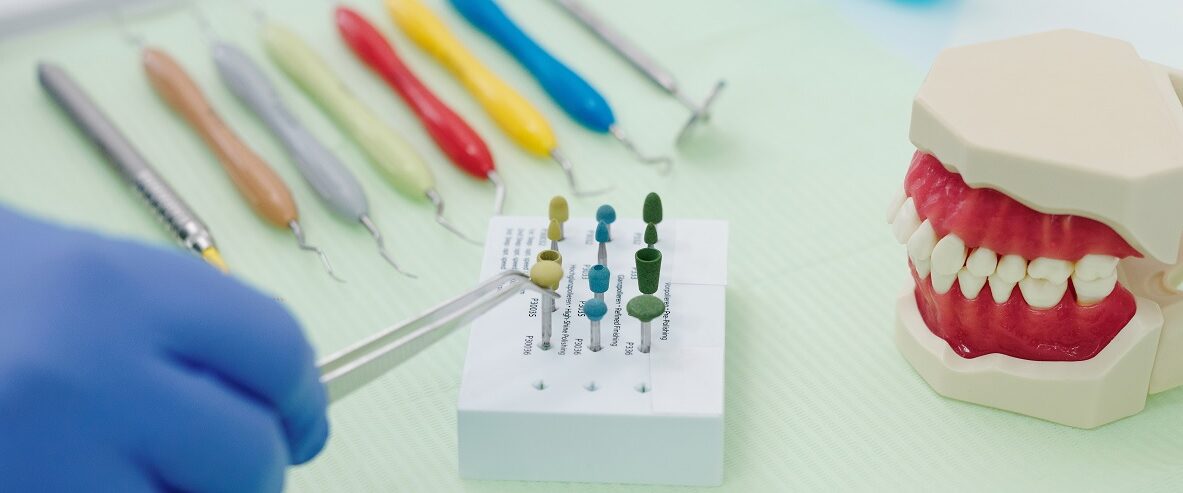
Orthodontists and dentists are both dental professionals who work to improve oral health, but they have different specialties and job responsibilities. Orthodontists specialize in correcting dental and facial irregularities, while dentists focus on general oral health, including preventive care, restorative procedures, and oral hygiene. One question that often comes up is whether orthodontists are paid more than dentists. In this article, we’ll explore this topic and provide some insights into the salaries of these two professions.
According to the Bureau of Labor Statistics (BLS), the median annual salary for dentists in the United States was $166,810 as of May 2020. However, the BLS does not provide specific data on orthodontist salaries compared to dentists. To get a better idea of the salary difference between these two professions, we can look at data from several sources.
One source of salary information is PayScale, a website that provides salary and compensation data based on self-reported information from employees. According to PayScale, the average salary for a general dentist in the United States is $125,693 per year, while the average salary for an orthodontist is $197,995 per year. This suggests that orthodontists are paid significantly more than general dentists.
Another source of salary information is the American Dental Association (ADA), which conducts regular surveys of dental professionals. According to the ADA’s 2019 Survey of Dental Practice, the median net income for orthodontists in the United States was $353,740 per year, while the median net income for general dentists was $180,280 per year. This survey data suggests that orthodontists earn almost double the median income of general dentists.
It’s important to note that salaries can vary widely depending on several factors, including location, years of experience, and practice type. For example, dentists and orthodontists who work in large metropolitan areas may earn higher salaries than those working in rural areas. Additionally, dentists and orthodontists who own their own practice may earn more than those who are employed by a larger organization.
It’s also worth noting that orthodontic treatment can be more expensive than general dental care, which can contribute to the higher salaries of orthodontists. Orthodontic treatment often involves more specialized equipment and longer treatment times, which can increase the overall cost of care. Patients may also be willing to pay more for orthodontic treatment because it is often seen as a cosmetic service that can improve appearance and boost self-confidence.
In terms of education, dentists typically have a Doctor of Dental Medicine (DMD) or Doctor of Dental Surgery (DDS) degree, which takes around four years to complete. Orthodontists have the same dental degree, but they also complete an additional two to three years of specialized training in orthodontics. This additional training can lead to higher salaries for orthodontists.
It appears that orthodontists are paid more than general dentists, based on data from sources such as PayScale and the ADA. However, it’s important to keep in mind that salaries can vary widely based on several factors, and there are many different career paths within the dental profession. Regardless of salary, both dentists and orthodontists play important roles in maintaining and improving oral health for their patients.
